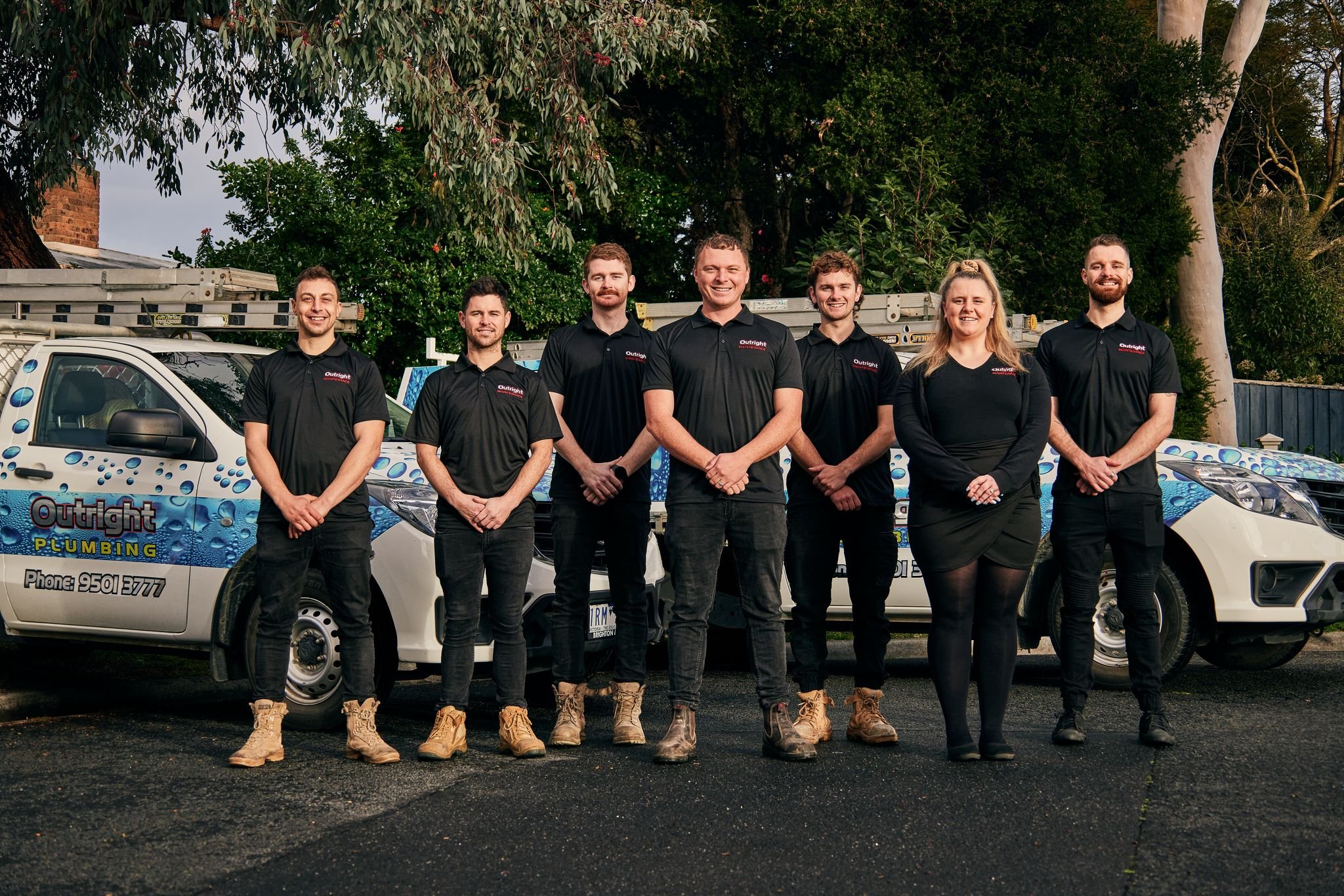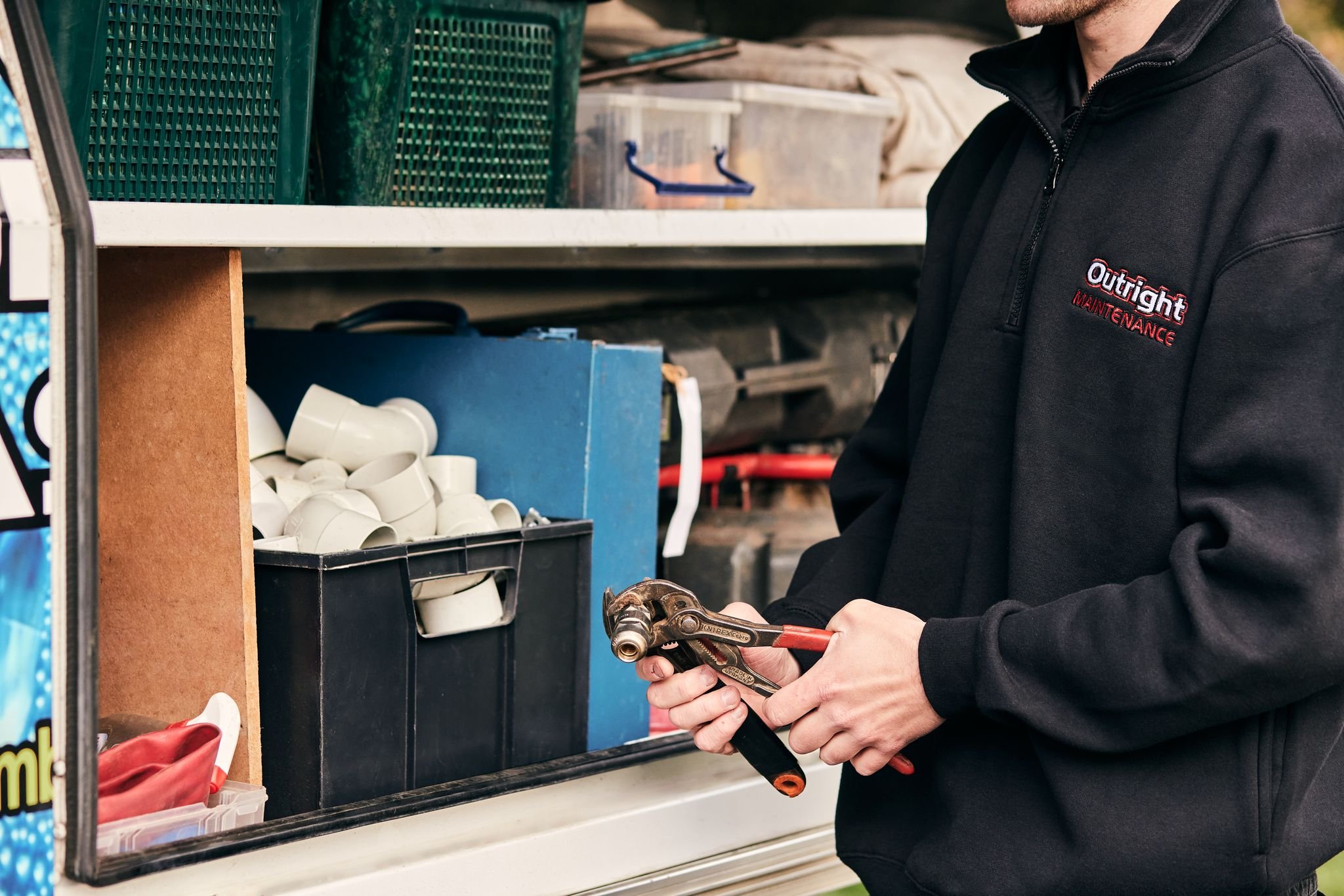low water pressure services
low water pressure solutions: trust outright for expertise & reliability
say goodbye to low water pressure, outright plumbing maintenance will find the cause and provide the solution
Rapid, Same-Day Service Calls & Repairs.
Fair, fixed pricing starting from $49 with upfront pricing
Local plumbing experts with 500+ 5 Star Google Reviews, and 25+ years combined experience.
understanding low water pressure: how a plumber can restore your flow
Experiencing low water pressure can be frustrating, whether it's affecting your morning shower or making it difficult to wash your dishes. This common issue can stem from various causes, and pinpointing the exact problem often requires the expertise of a professional plumber. In this guide, we’ll explore the typical reasons for low water pressure and how a skilled plumber can help restore your home’s water flow to its optimal state.
Low water pressure might result from:
Blocked Pipes: Over time, mineral deposits and debris can accumulate inside your pipes, restricting water flow.
Faulty Pressure Regulator: A malfunctioning pressure regulator can cause irregular water pressure throughout your system.
Leaking pipes: Water leaks not only waste water but also decrease water pressure.
Closed Valve: Sometimes, a partially closed shut-off valve could be the culprit.
Addressing low water pressure promptly not only enhances your comfort but also prevents potential damage to your plumbing system. Let’s delve deeper into how you can identify the signs and when it’s time to call in the experts for help.
Blocked Sewers and Drains
burst water pipes
hot water services
Blocked Stormwater
Consulting a skilled plumber can aid in diagnosing these issues accurately. They bring both knowledge and tools necessary to address not just the symptoms but also the root problems effectively. Regular maintenance and check-ups are advised to keep your plumbing system healthy and your water pressure optimal.
In sum, while low water pressure can be a bothersome issue, understanding its causes and seeking professional help ensures it doesn't linger longer than necessary. Remember, maintaining an optimal water flow isn't just about comfort; it's a crucial component of home efficiency and preservation.
plumbing solutions for low water pressure
PROUDLY SERVICING THE BAYSIDE REGION
We provide profession low water pressure repair:
Low Water Pressure tin House
Low Water Pressure to Toilet
Low Water Pressure in Shower
Low Water Pressure to Kitchen Sink
Water pressure testing at home
Low water pressure in bathroom sink
Water pressure regulator issues
Home water pressure diagnosis
Fixing low water pressure issues in older homes
Residential water pressure problems
Fixing low water pressure in tapware
FAQs
-
Low water pressure can be caused by a variety of issues, including clogged pipes, leaks, problems with the municipal water supply, or issues with the pressure regulator. Mineral buildup in older pipes can also restrict water flow over time.
-
Signs of low water pressure include weak water flow from faucets and showerheads, longer times for appliances to fill (like washing machines), and reduced water flow when multiple fixtures are in use.
-
While low water pressure itself may not directly damage your plumbing, it could indicate underlying issues like pipe blockages or leaks, which, if left untreated, can lead to larger and more costly repairs.
-
Yes, older homes may experience low water pressure due to aging pipes, mineral deposits, or smaller pipes that don’t accommodate modern water flow needs.
-
First, check if the issue is isolated to one faucet or area. If it’s throughout the house, inspect the main shutoff valve to ensure it’s fully open. If the problem persists, it’s best to call a professional plumber to diagnose the issue.
-
Yes, if low water pressure is limited to a single faucet, it may just be a clogged aerator (the screen at the tip of the faucet). Cleaning or replacing it can often resolve the problem.
-
You can use a water pressure gauge, which attaches to an outdoor spigot. Ideally, residential water pressure should be between 40-60 PSI. If it's below 40 PSI, you may need to address underlying issues.
-
Simple fixes, like cleaning faucet aerators or checking if shut-off valves are fully open, can be done yourself. However, if the issue is more complex, like a leak or blockage, it’s best to consult a professional.
-
If the low pressure is only in hot water, it could be related to your water heater. Sediment buildup in the heater or its supply lines can reduce hot water flow.
-
The water pressure regulator, usually installed where the water main enters your home, controls water pressure. If it malfunctions, it could cause pressure to drop (or sometimes increase).
signs of low water pressure issues
1. Weak Water Flow from Tapware and Showerheads
One of the most noticeable signs of low water pressure is a weak or reduced stream of water when you turn on the taps or shower.
2. Slow-Filling Appliances
Appliances like washing machines, dishwashers, and toilets take longer to fill up when the water pressure is low. This can increase cycle times and reduce appliance efficiency.
3. Water Pressure Drops When Multiple Fixtures Are in Use
If the water flow significantly decreases when multiple taps are running simultaneously, it’s often a sign of low water pressure.
4. Inconsistent Water Temperature in Showers
Low water pressure can cause temperature fluctuations, especially in showers, where the balance between hot and cold water is essential for maintaining a steady temperature.
5. Dribbling or Trickle from Taps
If the water barely trickles out, rather than flowing smoothly, it’s a strong indicator of low water pressure.
6. Inefficient Sprinkler System Performance
Lawn sprinklers and irrigation systems may underperform, with smaller spray patterns or incomplete coverage, when water pressure is low.
7. Sudden Pressure Drop After Consistent Flow
A sudden drop in pressure, especially if it happens throughout your home, can indicate a major issue such as a leak, a blocked pipe, or a malfunctioning pressure regulator.
8. Noisy Pipes
While noisy pipes can signal several issues, they may indicate a low water pressure problem if you hear banging or whistling sounds when the water is running.
9. Hard Water Buildup or Mineral Deposits
Hard water can cause mineral deposits that clog pipes and reduce water pressure. If you see buildup around faucets or showerheads, it might be affecting your water flow.
10. Visible Leaks or Drips
Low water pressure may indicate hidden leaks in your plumbing system, especially if water is consistently escaping from pipes or fittings.
Being aware of these signs can help identify low water pressure issues early, potentially preventing more serious plumbing problems.










